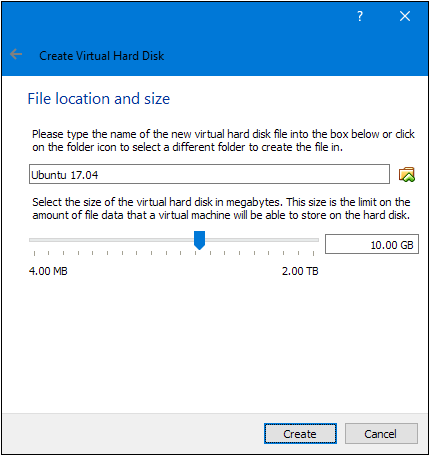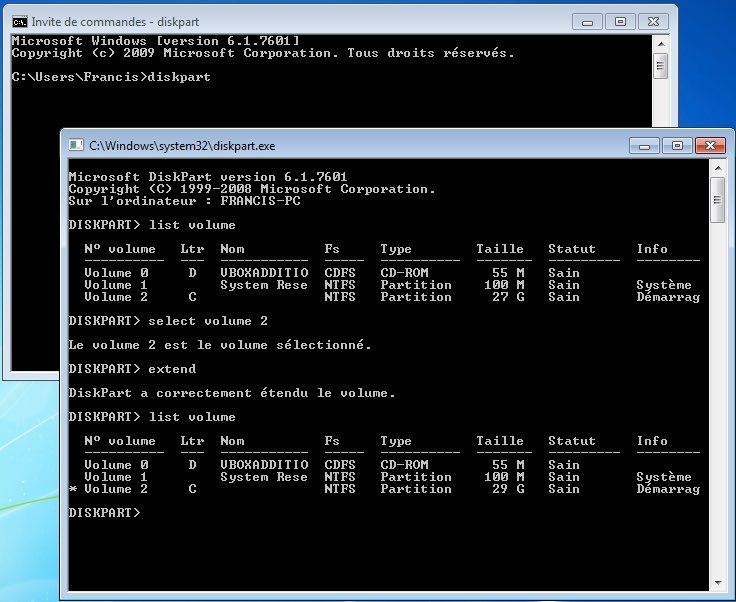

Otherwise the resize operation will not work and the entire file system may be lost. Warning: If you are recreating a partition in order to allow for more room on a mounted file system, ensure you create it with the same starting disk sector as before. Note: It is recommended to follow fdisk’s defaults as the default values (for example, the first partition sectors) and partition sizes specified are always aligned according to the device properties. It is possible to specify a set, human-readable size instead of using sectors if this is preferred. Follow the prompts and ensure you allow enough space for any future resizing that is needed. Use the option n to create a new partition. If there is more than one, fdisk prompts for which one to delete.ĥ. Partition 2 does not start on physical sector boundary. I/O size (minimum/optimal): 4096 bytes / 4096 bytes Sector size (logical/physical): 512 bytes / 4096 bytes The partitions are listed under the heading “Device”.ĭisk /dev/vda: 407.6 GiB, 437629485056 bytes, 854745088 sectors Check the partition number you wish to delete with the p. Be careful before using the write command.ģ. Unmount the partition: ~]# umount /dev/vdb1Ĭhanges will remain in memory only, until you decide to write them. On disks with a GUID Partition Table (GPT), using the parted utility is recommended, as fdisk GPT support is in an experimental phase.ġ. Use the information in this article at your own risk. The intent of this article is to provide you with information to accomplish your system needs. The information has been tested however is provided as-is and any configuration settings or installed applications made from the information in this article could make your Operating System unsupported by Red Hat Support Services and non-recoverable.


The first field is the name of the partition.



 0 kommentar(er)
0 kommentar(er)
